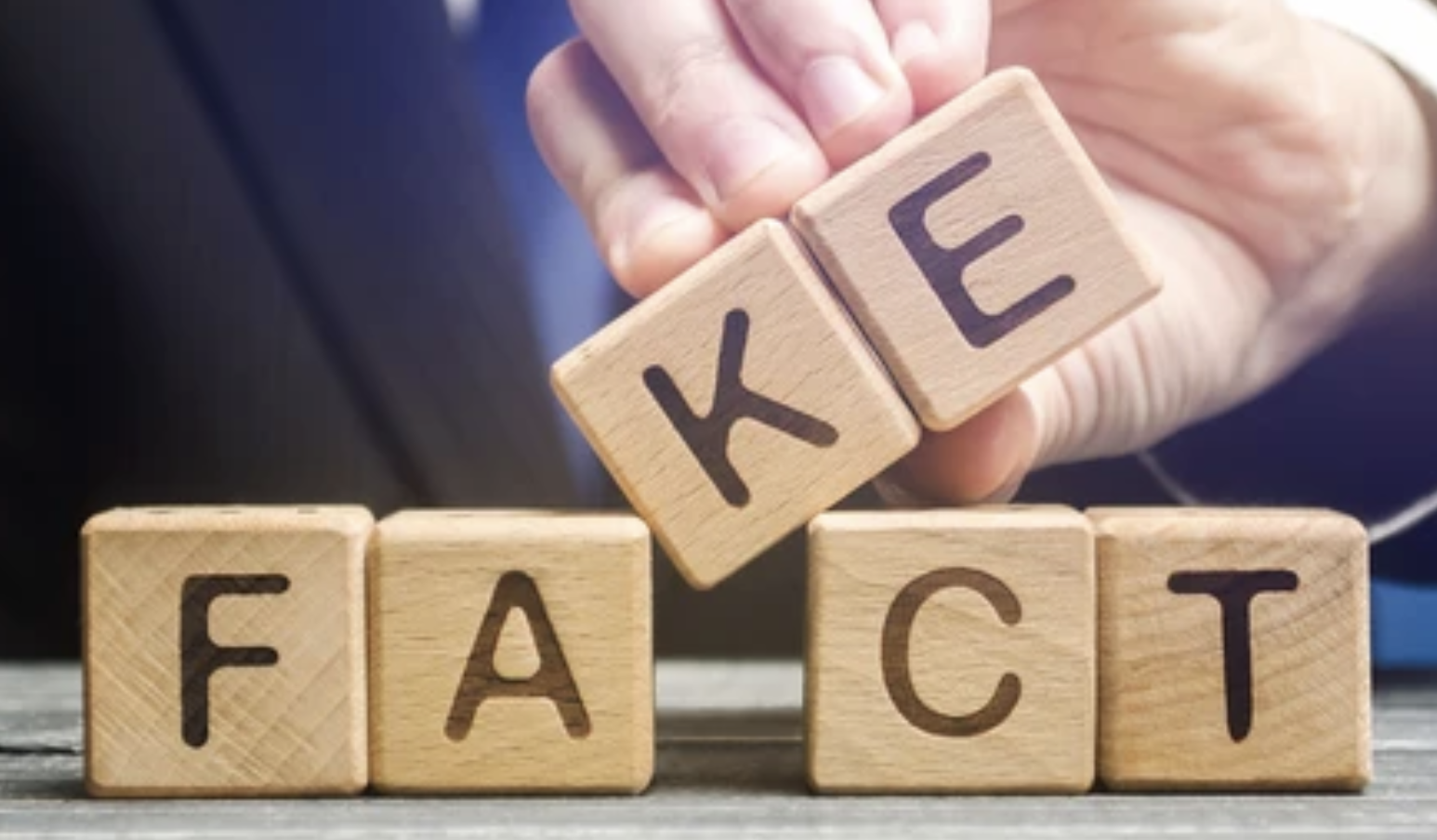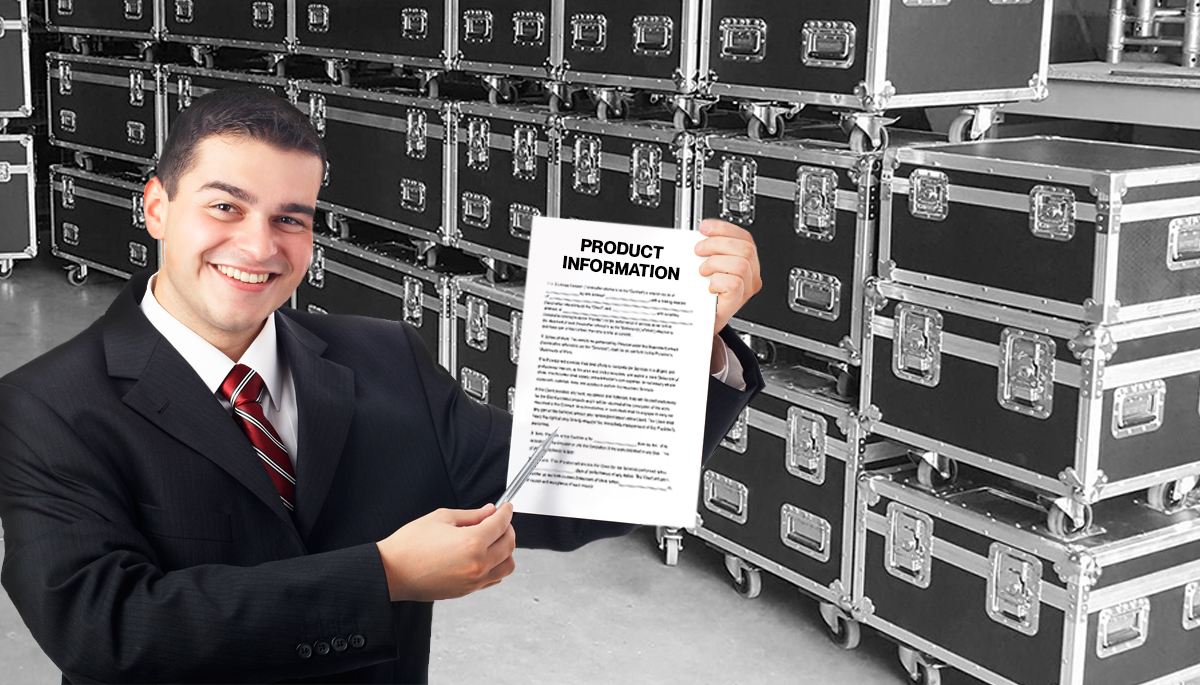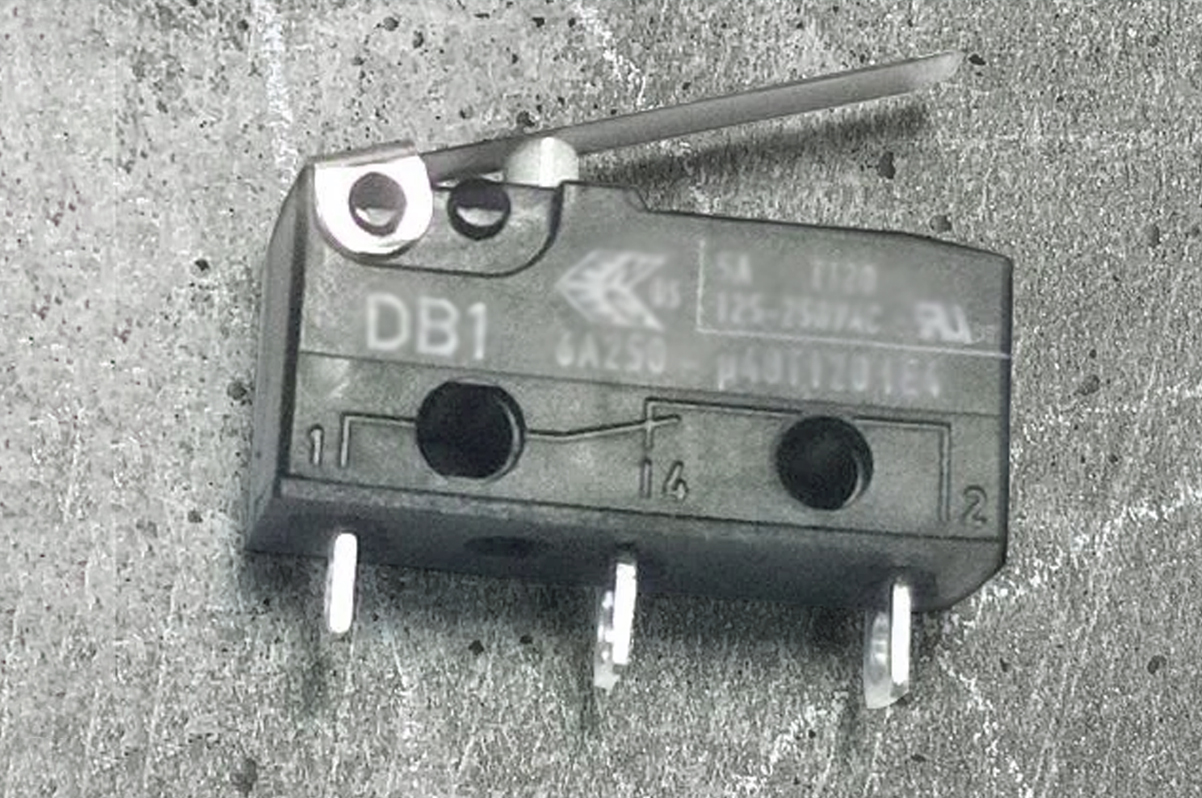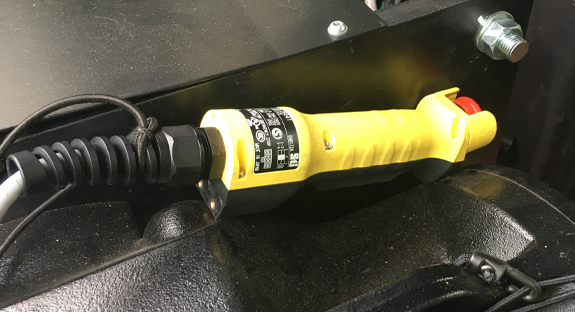Stage machinery is constantly evolving, and often in industry exhibitions, we see new products or engineering solutions aiming to meet high-safety specifications and sophisticated requirements. The sales brochures or catalogues we normally find in trade shows or access on manufacturer websites, always include a section or table giving the principal performance characteristics of the machinery such as power, speed, capacity, safety functions and scalability to enable potential customers in choosing machinery that’s appropriate to their needs.
Based on sales literature information, users select and purchase stage machinery and control systems under the impression such products are the answer they’re looking for and that the investment is worth the effort. For example, lifting equipment advertised and promoted with an X safety factor and a high SIL/PL or with Y or Z performance is more likely to be considered—and ultimately purchased—rather than comparable products with less or no characteristics.
Although the scope of sales literature is to serve as a commercial tool, omission, discrepancies, partial information or technical values that differ from those present in the machinery instructions are regulated under Machinery Directive 2006/42/EC.
Don’t contradict the instructions
Chapter 1.7.4.3 of the Machinery Directive is called “Sales Literature”, and it begins by stating that sales literature describing the machinery must not contradict the instructions as regards health and safety aspects.
The 2006/42/EC Guide to the application of Machinery Directive 1 adds an explanation to the MD article:
While the instructions provided with the machinery are primarily intended to ensure safe use of the machinery, sales literature has a principally commercial function. However, section 1.7.4.3 requires that the instructions and commercial documents relating to the machinery be consistent. This is particularly important with respect to the intended use of the machinery referred to in section 1.7.4.2 (g), since users are likely to choose machinery for their purposes on the basis of sales literature.
It is clear that the legislator requires machinery manufacturers to be consistent with what they publish in their sales literature in order to avoid misleading information.
Although sales literature is not intended to be controlled by notified bodies in the event of an EC-Type certification, if such literature conflicts with information that is present in the machinery instructions, then the manufacturer is breaching the Machinery Directive requirements.
The legislator does not have jurisdiction concerning promotional messages or product marketing; however, it also does not permit discrepancies in relation to H&S aspects. In fact, Machinery Directive point 1.7.4.3 uses the sentence “must not contradict the instructions”, to mean that anything written in sales literature (data sheets, product brochures, web pages, advertising, etc.) must be consistent with the mandatory information that is required for the machinery instructions 2.

Unnecessary technical information
If we read a car brochure and it talks about diesel vehicles, then it’s obvious it refers to car models that use diesel as fuel. Everybody knows it and there is no room for misunderstanding. Yet, no one will ever think that the car is a fluid object made of diesel because we all immediately identify the “diesel” as the fuel used by the car.
However, if we read on a lifting equipment sales brochure that hoist X is an 8:1 hoist, we’re pretty sure a small percentage of knowledgeable readers understand that the 8:1 safety factor only refers to the load chain rather than the entire machinery lifting mechanism. Sometimes such 8:1 hoists are compared to other hoists that are actually designed to have a safety factor of 8:1 through the entire load path and not only the load-bearing lines. Hoist X mounting a load chain with a safety factor of 8:1 will very likely cost less than the other hoists in which the passive redundancy is applied to the entire lifting mechanism.
In sales literature, the 8:1 safety factor is used to highlight that such hoist is stronger than others, and also alludes to the presumption of conformity of such and such standard that it often doesn’t have.
Hence, a load chain safety factor is an engineering parameter that is contained in the instructions’ technical information but is not very useful to the user; the user must know the lifting capacity of the machinery (WLL) or the entertainment load limit (ELL)3 if the hoist manufacturer is declaring compliance with EN 17206. The 8:1 safety factor information is as much useful to the user as knowing the rpm of the primary reduction gearbox shaft: it is an accurate piece of unnecessary information.
Nevertheless, if the information published in the sales literature is consistent and not in contradiction with the information present in the machinery instructions, then the legislator will have no formal issues with it.
The double trick
The dispute concerning information contained in the sales brochures, with respect to the safety-related data contained in the instructions, is expressed at its peak when the term SIL3 is read in large letters on product bulletins or promotional messages. If we search the internet for the words Hoist SIL3, we’ll come across a whole series of promotional pages relating to hoists, winches and control systems that advertise their products in relation to the Safety Integrity Level of 3 (SIL3). You can read definitions such as: Drive X is SIL3 rated | Safety standard: up to SIL3 | Hoist Y is SIL 3 safety | Winch Z is manufactured according to SIL3 | the system W complies with SIL3 standard, or drive X is EN 17206 SIL2 when combined with module A and EN 17206 SIL3 when used with module B.
As we previously wrote in our article, The SIL3 trick, these are some common statements repeated in the industry, but most of them are irrelevant or just plain wrong. Sometimes, this occurs because these statements can be taken out of context, used as a marketing technique, or even become an oversimplification or a misunderstanding over what SIL3 actually means.
We don’t want to repeat ourselves and explain—again—why the statements mentioned above are erroneous, irrelevant or just wrong.
No, this is not the point. What we’d like you to focus your attention on is what is missing.

Instructions for use
The Machinery Directive, its related harmonised standards and entertainment industry standards, require that the machinery manufacturer draft a set of instructions, in particular, safety instructions for the installation, commissioning, setting and use of the machinery.
These instructions are not a complementary piece of information that can be found or not when you purchase a new machinery: instructions are a legal requirement.
The Machinery Directive 4 states: provide, in particular, the necessary information, such as instructions;
Providing the necessary information on the machinery and drafting the instructions is considered as part of the design and construction of the machinery.5
The instructions related to the drives, hoists and winches that claim SIL3 compliance in their sales literature must also provide detailed functional-safety explanations and guidelines in their instructions, because claiming a Safety Integrity Level in public documentation, implies there are one or more safety functions in place and implemented as protective measures to reduce some risks.
And we must reiterate what the legislator states: Sales literature describing the machinery must not contradict the instructions as regards health and safety aspects.
Surprise, surprise! We’ve analysed and read, in detail, many entertainment hoists, winches, controllers and safety module instructions and have found only one product that had safety-related information concerning the SIL level of their safety functions.
Only one!
Conclusions
Intentionally incomplete or erroneous technical information published in sales literature, may be seen as an attempt to create an unfair competitive advantage. Still, we can accept that sometimes the marketing department of a company is not able to faithfully transpose in its sales literature, the complex technical information contained in a product’s instructions. Although such discrepancies can lead to misleading safety perceptions, we understand that it may happen.
What is not acceptable—from our point of view—is that technical data and information not even present in the official product instructions are loudly promoted and used as a product added value.
If a product is advertised and promoted mentioning SIL3 integrity, the deliberate omission on the instructions of safety-related information concerning the SIL level of its safety function is a clear breach of Machinery Directive requirements.
It is in breach of the law.
References
1. Guide to application of the Machinery Directive 2006/42/EC – Edition 2.2 | §275 Sales literature ↩
2. Machinery Directive 2006/42/EC | 1.7.4.3 ↩
3. EN 17206:2020 | 3.2.4 – Entertainment Load Limit – ELL – maximum load that an item of lifting equipment is designed to raise, lower or sustain↩
4. Machinery Directive 2006/42/EC | Article 5, 1.C | Placing into Market or putting into service ↩
5. Guide to application of the Machinery Directive 2006/42/EC – Edition 2.2 | §103 The obligations of machinery manufacturers ↩





